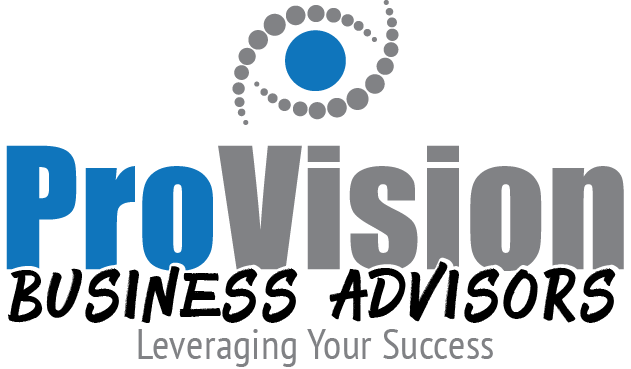 Imagine you won the lottery that deposited $86,400 into your bank account each morning and emptied it each night regardless of whether there were funds remaining in the account. No carry over. You could spend or invest the funds as you liked.
Imagine you won the lottery that deposited $86,400 into your bank account each morning and emptied it each night regardless of whether there were funds remaining in the account. No carry over. You could spend or invest the funds as you liked.
The same happens each day. You get 86,400 seconds to use each day. How much of that time is wasted? How much is effectively invested in activities that bring you closer to achieving your goals?
Every day you and your employees waste time looking for documents, resources and information. Time is wasted with re-work, extra trips and unproductive meetings.
A McKinsey study reported that 1.8 hours on average is spent each day looking for information. Let’s cut that down!
Quit Wasting Time Tips
- Document your processes – make them easy, fast and effective. if they’re not documented, they don’t exist.
- Onboard and effectively develop employees – Firms often fail to onboard employees to the company culture, the business processes and the {insert company name here} way. Train employees on business processes so they don’t waste time on activities that don’t move financial or strategic goals forward. The first 90 days are critical for all new employees. Plan the onboarding to jump start your employees’ success and stop them “guessing” for the first several days/weeks.
- Promote Competence – Seniority alone is insufficient to promote employees from technical roles into management roles or business support/development roles. Financial constraints often require employees to wear many hats, many they are not trained or prepared for. Placing ill-prepared individuals into these positions can lower morale, lead to issues with projects, increase risk for the company and lead to write offs or lost time.
- Optimize and Automate – automate key processes to reduce errors and/or time spent re-entering data into multiple places. For the systems you’ve invested in, ensure you identify and address any workflows that are cumbersome or creating bottlenecks. Even a 1% improvement in time can lead to substantial savings over a year.
- Communicate – about project tasks, about alignment and the why behind activities and processes. Share the goals for initiatives including the financial drivers.



